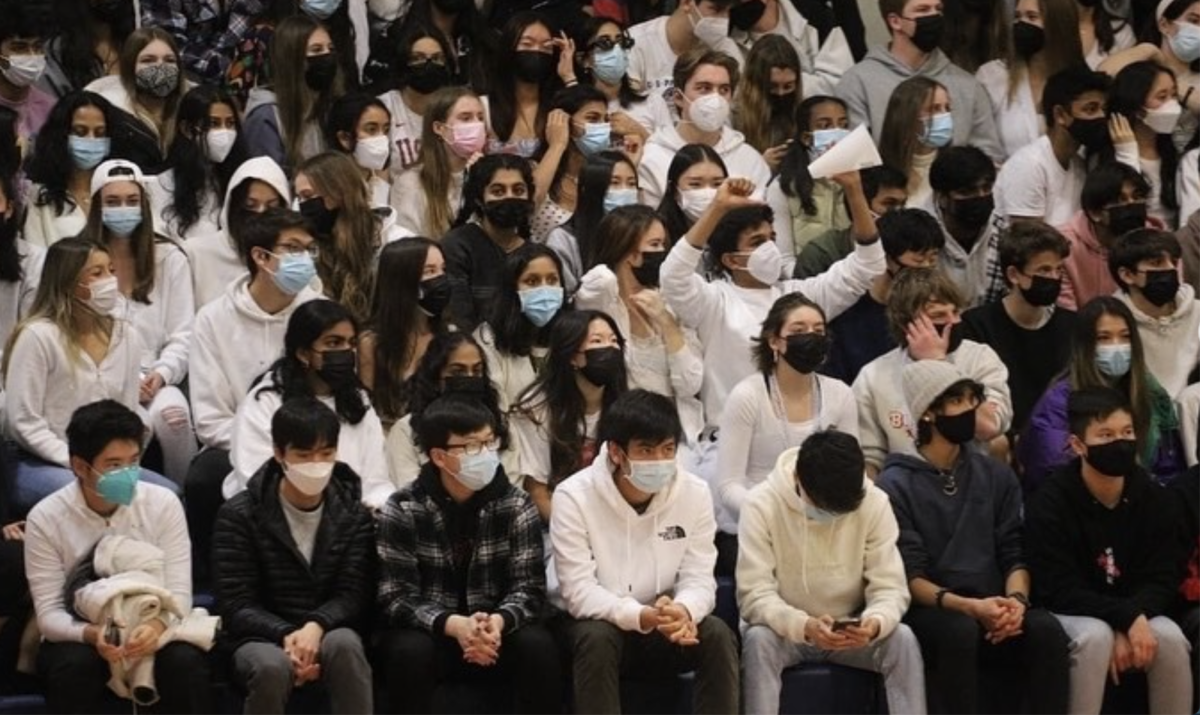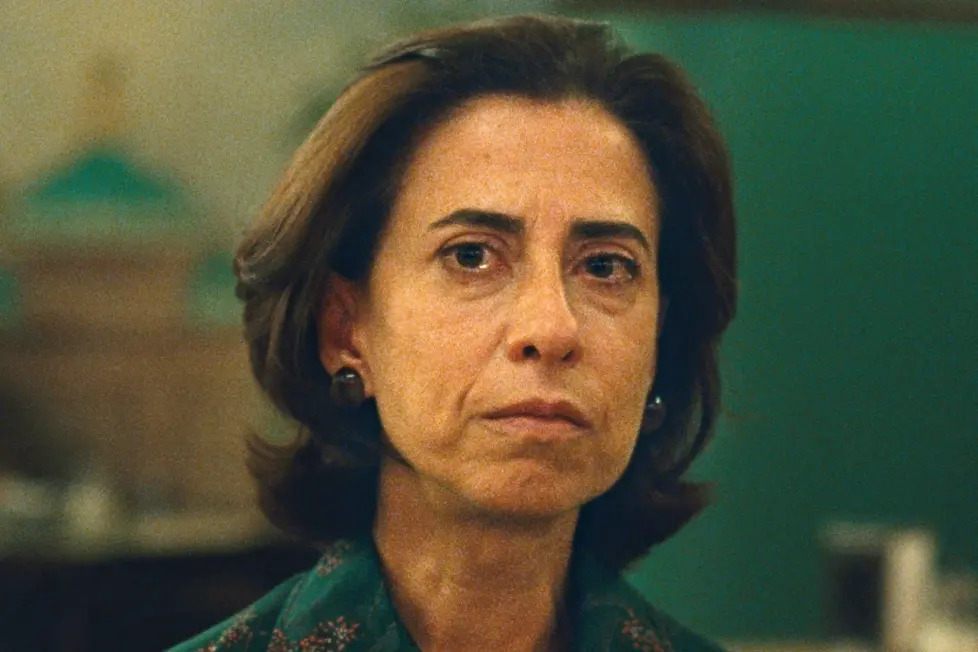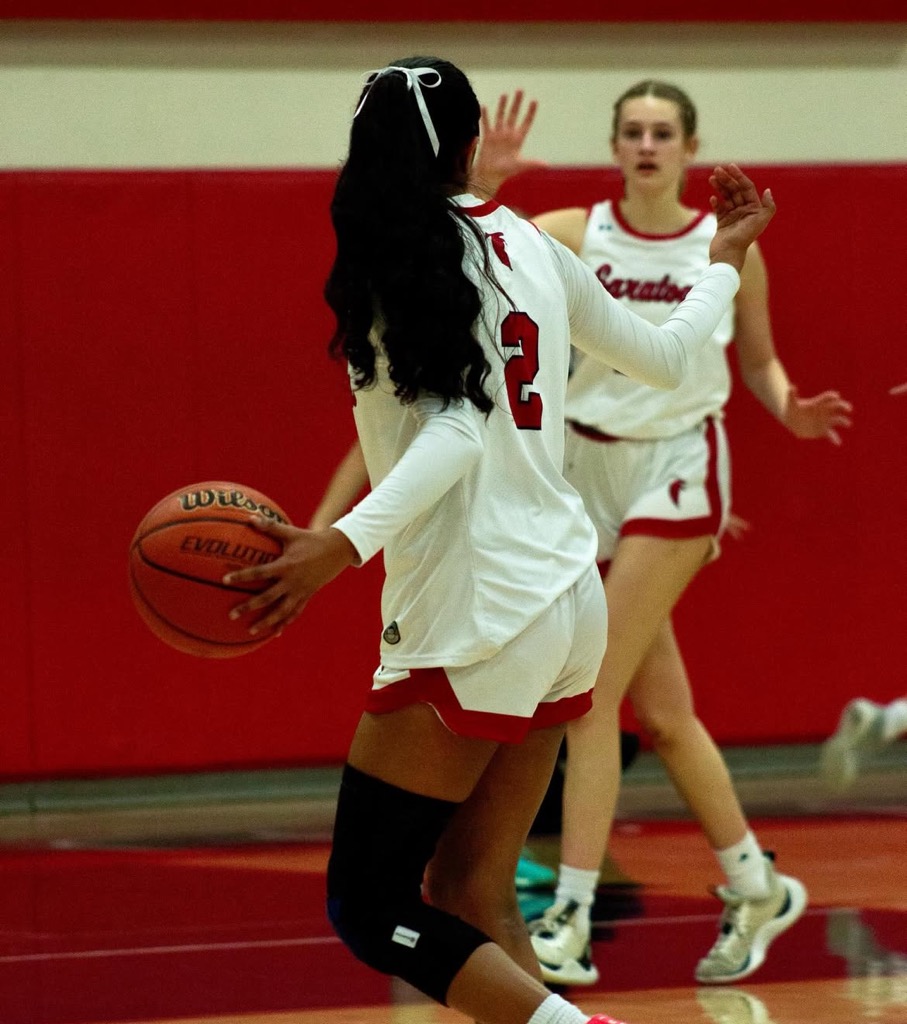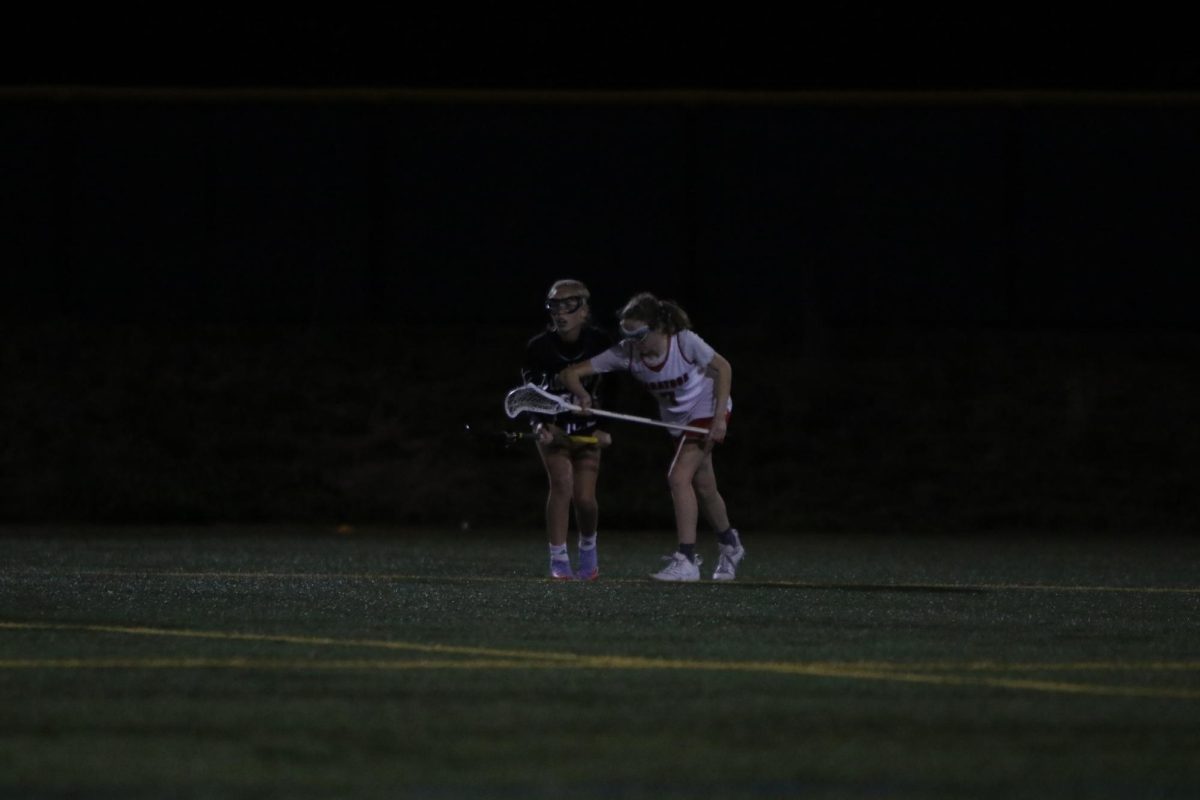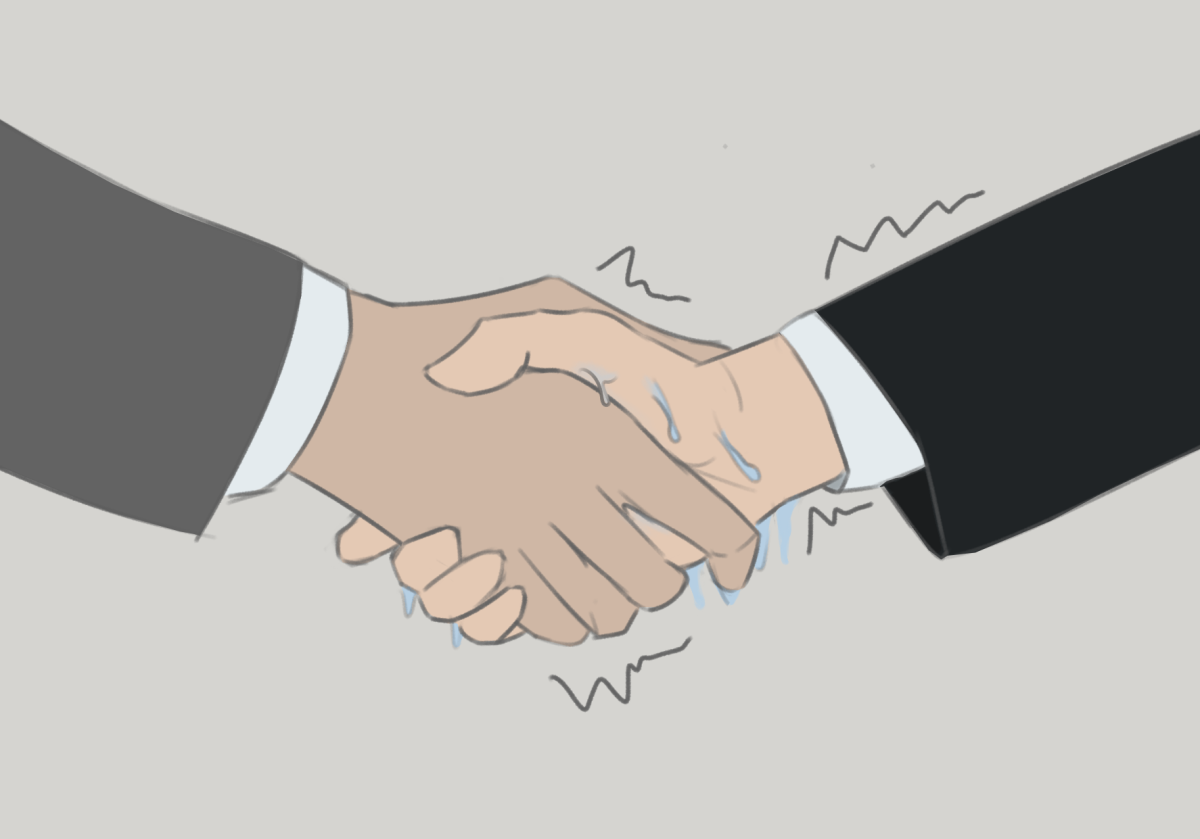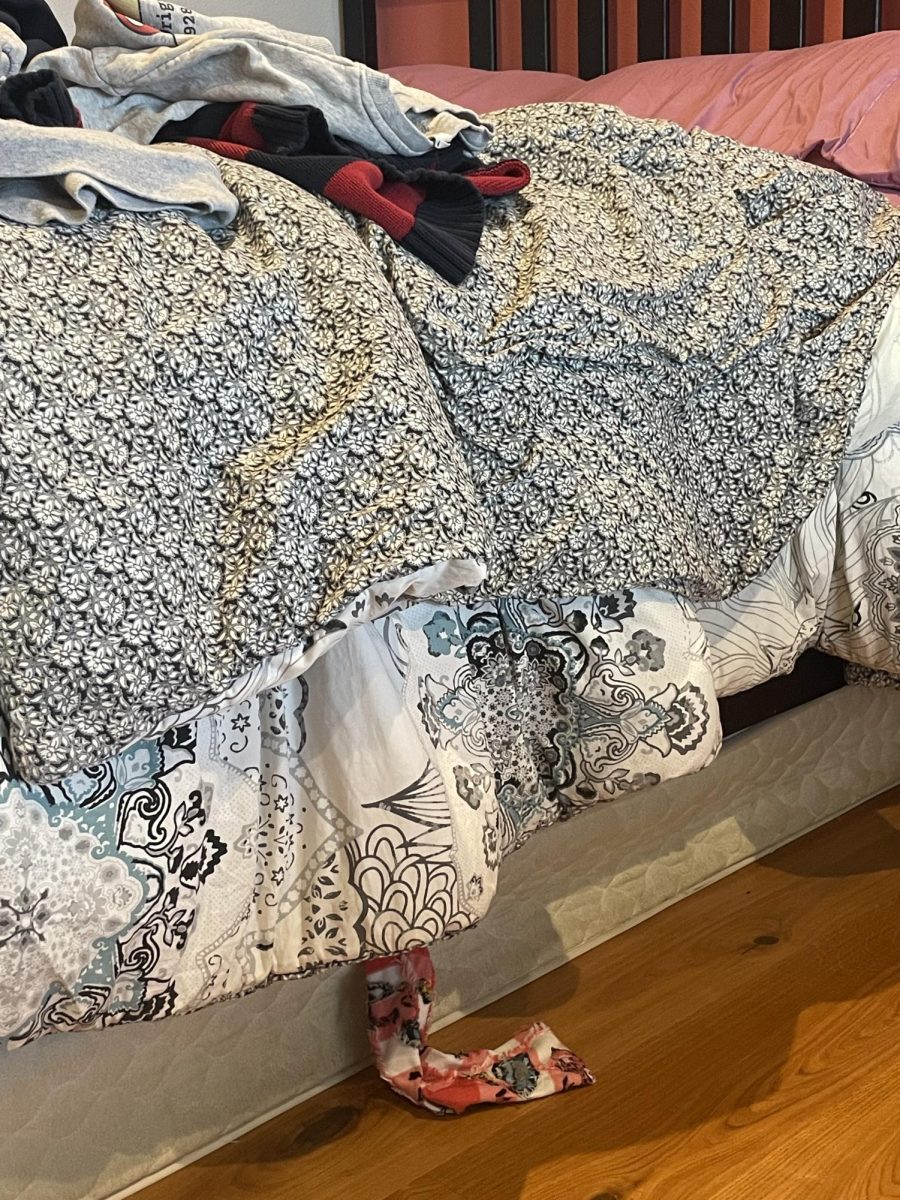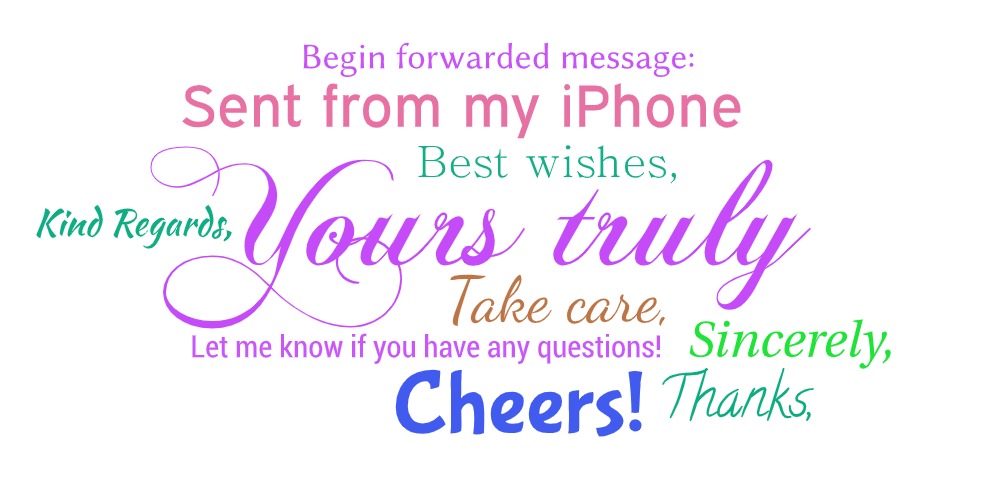Animated chatter filled my English classroom as my peers discussed the question our teacher, Ms. Amy Keys, posed to us. Although usually quite talkative, I instead glared at junior Vibha Seshadri, one of the Falcon’s lifestyles editors, who made me agree to my challenge for the day.
While the rest of the class took out pencils and pens to take notes, I slowly, almost shamefully, took out crayons. Struggling, I was forced to take up two lines of binder paper for every row of text, making my paper look more like that of a kindergartener just learning her abc’s than that of a junior analyzing “The Crucible.”
To make things worse, the colors I chose were not your “run-of-the-mill” typical colors. My selection included a shade of reddish-purple called mauvelous, mahogany, brick red and the like — crayons I’ve had since kindergarten.
Until the first grade, the amount of time I spent on coloring books close to exceeded the time I spent on any other activity. Spent; not wasted. While I'd like to think crayons contributed to the beginning of my artistic career, it may have only been my refusal to see the point of using anything else. Regardless, for some reason, the fascinating and colorful crayon was a part of my childhood I struggled to part with.
First grade, however, marked a change in my life. The first time I was told I had to use pencil to write my name rather than crayon, I cried. After much negotiation (basically I threw a tantrum), Ms. Nelson eventually struck a compromise with me, and I was allowed to write my name in gray crayon.
Even though my younger self was unable to use anything other than crayon, reliving this experience didn’t prove as easy as I thought it would be.
I arrived in French first period Monday morning unsure of how the rest of the day would go. With shorter periods, I hoped there would be minimal note taking, but this was not the case.
To say the least, the first three pages of my calc packet of notes are a crescendo of colors and cross outs, all in no smaller than a font size of 20.
For the rest of the day, my letters were just as bubbly as my 6-year-old sister’s. The dull points of the crayons were annoying, but my inability to correct my mistakes proved even more so.
In addition to strange looks from classmates, people sitting next to me offered — even insisted, that I borrow a pen. After I explained my purpose, they let me be, but laughed at my progress, or rather my lack of it.
Despite my struggles, crayons proved to be not entirely troublesome, at least not all the time. Even though my handwriting stood out awkwardly juxtaposed with the homework I completed the night before, it actually helped me when I corrected my homework. Both the color and font allowed me to more clearly notice where I had made mistakes. Additionally, the fact that it took twice as much effort to write anything forced me to actually understand what I was writing.
Even so, crayon usage has its limits. I may have cheated once or twice, but I wasn’t about to complete a half-finished physics problem in sea foam green.
To be fair, I can understand why I loved crayons so much; they literally make everything, even notes about the Salem witch trials, look happy. Still, it’s not worth the time I’ll end up spending trying to decipher what I wrote and explaining myself when others look at my notes. But on the plus side, at least now, my somewhat color coded calc notes can make me smile.

